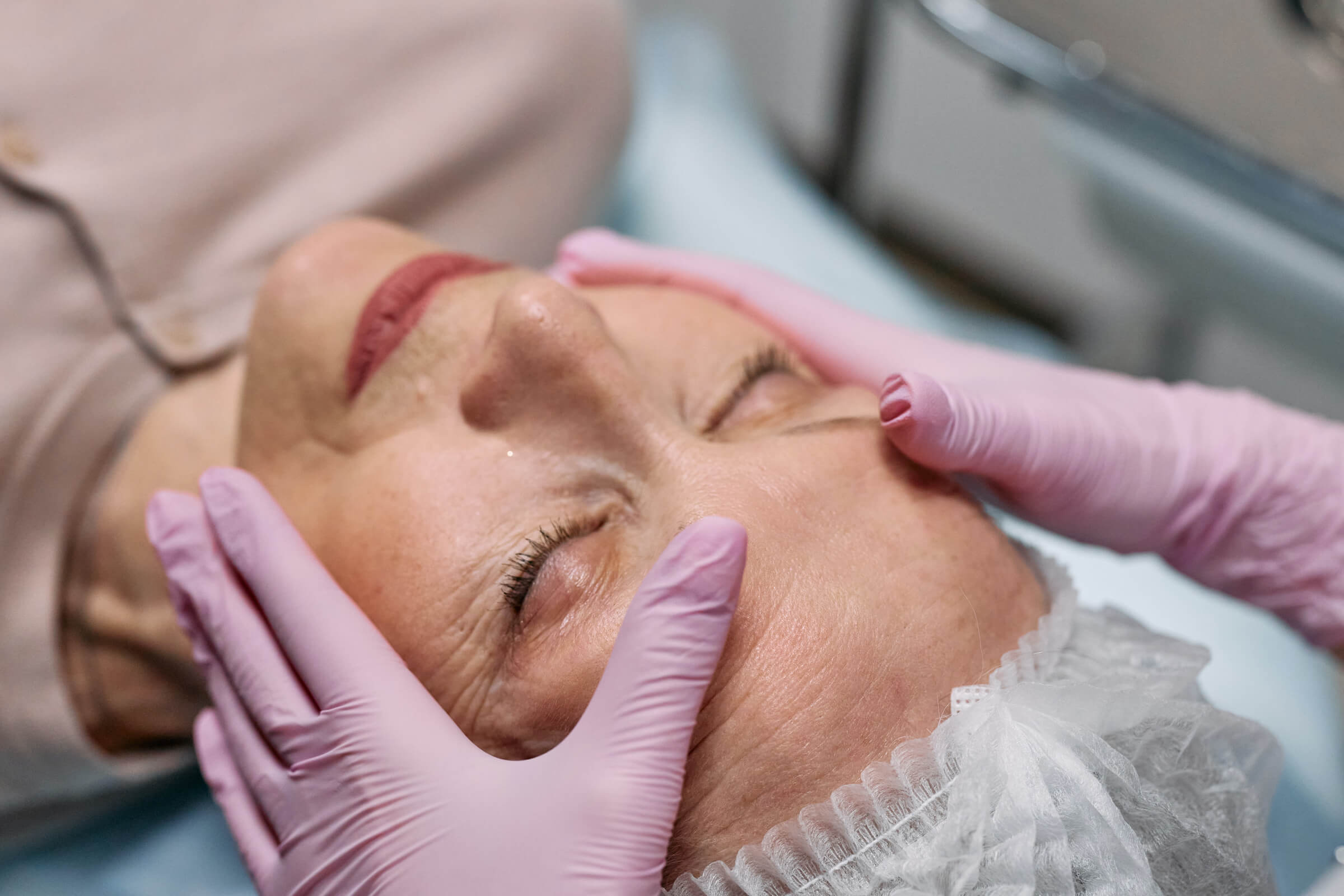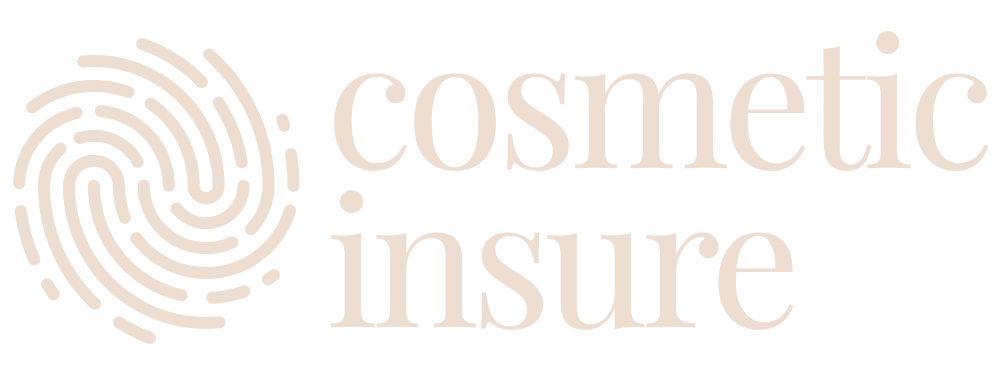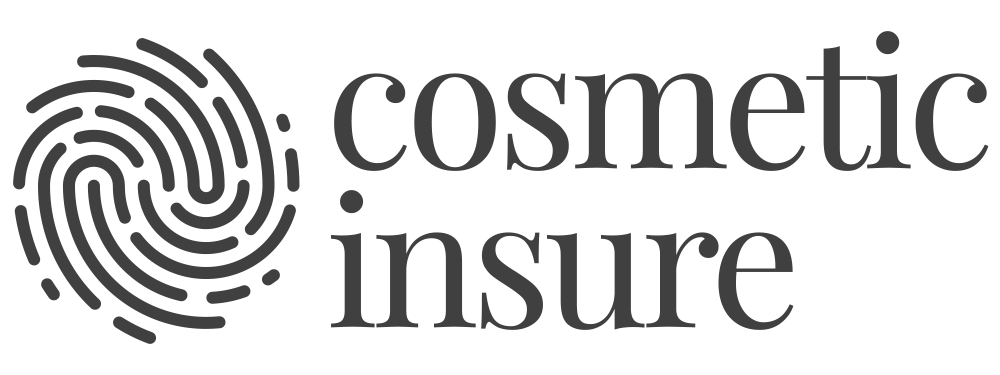RESOURCE
The Weight Loss Drug Boom: Clinical Risks, Governance Gaps & What Aesthetic Practitioners Must Know
With the rapid rise of GLP-1 receptor agonists such as semaglutide (Wegovy/Ozempic) and tirzepatide (Mounjaro), weight loss pharmacotherapy has swiftly become a lucrative and in-demand addition to many aesthetic practices.
But alongside commercial opportunity comes serious clinical, regulatory and ethical responsibility.
This article – developed in collaboration with MJ Clinical Training – aims to bridge that gap. Drawing from real-world insights and front-line prescribing experience, we explore the key areas practitioners must master to offer these treatments safely, ethically, and compliantly.
A Shift in Clinical Weight Management: The New Pharmacology
The Medications at a Glance:
- Semaglutide (Wegovy / Ozempic): Mimics GLP-1 to regulate appetite and insulin secretion. Wegovy is licensed for obesity; Ozempic for type 2 diabetes.
- Tirzepatide (Mounjaro): Dual agonist of GLP-1 and GIP receptors, offering even greater appetite suppression and glycaemic control. It is now licensed for both weight loss and type 2 diabetes.
These medications have shown average weight loss outcomes of 15% and higher – three times greater than what was once considered clinically significant. They’re powerful tools when used within their scope.
Key prescribing criteria:
- BMI ≥ 30
- BMI ≥ 27 with a qualifying co-morbidity (hypertension, dyslipidaemia, T2DM, or obstructive sleep apnoea)
Clinical Benefits and Risks to Weight Loss Drug
GLP-1 receptor agonists have demonstrated efficacy in promoting weight loss and improving metabolic parameters. However, these medications are not without risks. Common side effects include gastrointestinal issues such as nausea, vomiting, and diarrhoea. More severe complications, though rare, have been reported:
- Pancreatitis and Organ Failure: A nurse in North Lanarkshire died from multiple organ failure and pancreatitis after using tirzepatide, with the drug noted as a contributing factor on her death certificate .
- Counterfeit Products: The demand for these drugs has led to a surge in counterfeit versions. A BBC investigation found that some products sold online as semaglutide contained different substances, posing significant health risks .
BBC investigation found that some products sold online as semaglutide contained different substances, posing significant health risks.
Clinical Challenges: From Dosing Errors to Missed Contraindications
Practitioners entering this space often underestimate the complexity of prescribing. From MJ Clinical Training’s frontline experience, the most common (and dangerous) mistakes include:
- Incomplete dosing instructions: Leads to patient confusion and incorrect administration.
- Failure to titrate: Initiating at too high a dose increases the risk of intolerable gastrointestinal side effects (nausea, vomiting, diarrhoea, reflux).
- Lack of red flag education: Patients should be explicitly advised to report persistent abdominal pain or early satiety – possible indicators of pancreatitis or gastroparesis.
- Prescribing without adequate consultation: Many clinics rely heavily on questionnaires, omitting critical risk assessment.
Only qualified medical prescribers are legally authorised to prescribe GLP-1 receptor agonists. There is no legal mechanism for non-medics to prescribe these medications. Alarmingly, some non-prescribing practitioners are unlawfully supplying weight loss drugs without a prescription, raising concerns about illicit sourcing, patient safety, and regulatory non-compliance.
Governance Under Scrutiny: Are You Compliant?
The General Pharmaceutical Council (GPhC) has recently classed GLP-1 medications as high-risk. This means:
- Remote-only prescribing (based solely on a patient-filled form) is now considered non-compliant.
- Weight must be independently verified – through an in-person weigh-in, pharmacy visit, or GP record.
- There must be evidence of good clinical governance during inspections.
Red flags to always check before prescribing:
- Type 1 diabetes
- Recent heart failure
- History of pancreatitis
- Personal/family history of medullary thyroid carcinoma



Balancing Commercial Demand with Clinical Integrity
It’s easy to be swayed by patient demand and short-term gains – but ethical prescribing is non-negotiable. Clinics must build protocols that prioritise:
- Thorough consultations (30–45 minutes initially)
- Ongoing patient education around nutrition, activity, mindset, and medication effects
- Holistic support beyond the prescription: this is not a magic injection
Looking Ahead: The Future of Pharmacological Weight Loss
Demand will grow. So will scrutiny.
Pharmaceutical innovation is moving quickly, but regulation is still catching up. Aesthetic practitioners must remain one step ahead – by embedding medical standards, not just aesthetic outcomes.
Weight loss pharmacotherapy has the potential to be one of the most transformative tools in aesthetic medicine – but only when approached with clinical rigour, psychological sensitivity, and robust governance.
The days of questionnaire-only prescribing are over. If you offer these treatments, you must do so with a duty of care that extends beyond the syringe.
Share This Story, Choose Your Platform!





Cosmetic Insure Disclaimer
All the information provided in our Cosmetic Insure Treatment Guides and blog articles serves as a valuable reference and informational resource. Our intention is to offer insights that assist you in making informed choices when exploring the extensive array of non-surgical aesthetic treatments available.
Please note that this information does not constitute medical advice. Any reliance you place on the content found within the Cosmetic Insure Treatment Guides, Cosmetic Insure blog articles, or on any part of cosmeticinsure.com is done so entirely at your own discretion.
Prior to considering any non-surgical cosmetic treatment mentioned anywhere on cosmeticinsure.com, we strongly recommend that you engage in thorough consultation with a duly qualified and accredited practitioner who possesses the proper training and comprehensive insurance coverage for the specific treatment you are interested in. Neither the author of the guides or blog articles, nor the practitioner who has verified these guides, nor Cosmetic Insure, can be held responsible or liable for any loss or claims resulting from the use or misuse of cosmeticinsure.com’s content. Your safety and well-being are our utmost concern.


